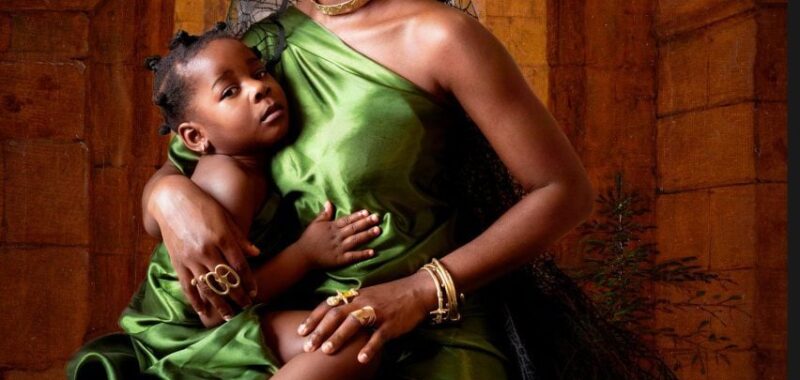
Promotion: according to photographer Dola Posh, Adobe’s Content Authenticity app allows her work to speak for her when she’s asleep.
The artist known as Dola Posh is a UK-based, Nigeria-born photographer who has been part of a group of creators helping shape the new Adobe Content Authenticity app – a tool for creators to attach a digital signature to their work.

The app allows creators to attach Content Credentials, which are a form of viewable, secure metadata that remains securely connected to an artist’s content throughout its lifecycle, even if a screenshot is taken.
For photographer Dola Posh, whose work is highly personal and deals with subjects such as family, identity and mental health, the innovation means a great deal. It means setting boundaries on how her work is used and increasing opportunities by allowing creatives like her to be discovered.
“The digital space, I look at it as a land of many opportunities – you never know who’s watching you or seeing what you’re doing or where the opportunities are going to come from,” said the photographer.
“I always tell my artist friends, when I’m in my sleep, I want my work to still keep going – to speak for me.”

The app is Adobe’s tool for creators to easily attach Content Credentials to their work – a free-open source technology developed by the Coalition for Content Provenance and Authenticity (C2PA), which is led by a group of companies including Adobe, Microsoft, Google, the BBC and Sony.
For viewers, it will look like a pin in the corner of an image that can be clicked to show who made it, how they made it and when, as well as whether it’s been altered over time or AI-generated.
Adobe likens it to a nutrition label for content, helping audiences understand what they’re seeing and where it came from, whilst protecting creators’ work.
“Having a space like this with Content Credentials and those details in there is a protection for yourself, your creative business, and the longevity of your career,” said Dola Posh.

Dola Posh explained that the app has enabled her to feel empowered as a creator who creates sensitive work. Her acclaimed self-portraits began during therapy for postpartum depression, where she documented moments of motherhood with her baby daughter, from symbolic rituals to everyday intimacy.
The photographs not only helped her to recover her sense of self, but they also helped her to connect with others and find her voice.
“Self-portraiture – one of the gifts it gives is that it opens you up to yourself,” she said. “It’s like you’re seeing your shadow self. It’s like a reflection in the mirror.”

As her work is so personal, Dola Posh explained that she finds it difficult to see it shared online without attribution. Adobe’s new app allows her to apply a digital signature to increase control and ensure it is correctly attributed to her.
“It can be heartbreaking,” she said. “I’ve had situations where baby device companies or baby product brands – from bottle and breast pump companies to baby carrier brands – just take my pictures from my website or Instagram and just do whatever they want with it, with no credit as to who created it or why it was created.”
“They just use that image to push whatever message they’re trying to push, which, most times, doesn’t align with my work or my story or my context,” she continued. “It can be upsetting, and that’s why I was really excited when I heard about the Adobe Content Authenticity app.”
According to the photographer, it only involves a few simple steps to attach Content Credentials within the free Adobe Content Authenticity app.
Creators can choose what attribution information to attach, including their verified name via LinkedIn and whether to link social media accounts, and they can batch-apply these Content Credentials to up to 50 images at a time.

The tool also allows users to signal that they don’t want their content used for training AI models – a sensitive topic for many artists.
“For me, being a photographer and a mum has changed the way I share my work and talk about it,” said Dola Posh. “I put in a lot of effort.”
“Sometimes my ideas even haunt me in my sleep until I create them,” she continued. “That’s why it’s so important for me to have the power to protect my work and control how it’s used, and that includes saying no to AI being trained on it.”
For the photographer, the app is a big development in how creators are supported online. She explained that it has enabled her to become excited about future possibilities, whilst giving her the reassurance that her work is securely under her name.
“Content Credentials protects your work, it supports you,” she said.
The Adobe Content Authenticity app is now available to use for free. For more information, see the Adobe Content Authenticity website.
All photographs are by Dola Posh.
Partnership content
This article was written by Dezeen for Adobe as part of a partnership. Find out more about Dezeen partnership content here.
The post "In my sleep, I want my work to keep going, to speak for me" says photographer Dola Posh appeared first on Dezeen.

